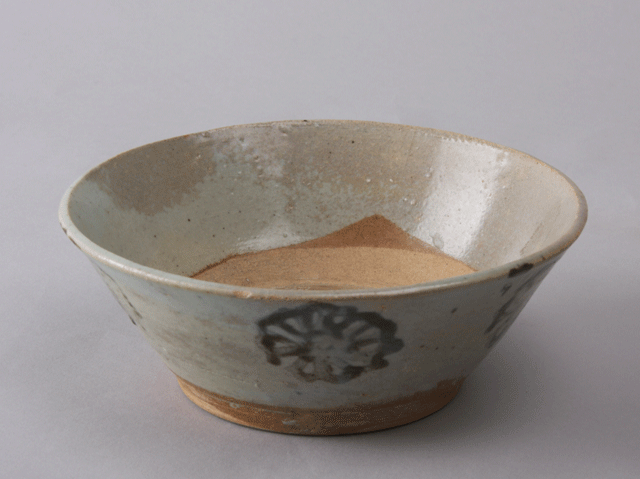
2012.91.218, partly glazed stoneware bowl, Ming dynasty, 1368–1644
Eason Eige Collection; photo by T. Ocken

2012.91.218, partly glazed stoneware bowl, Ming dynasty, 1368–1644
Eason Eige Collection; photo by T. Ocken
This bowl is a reminder of the biases contained in most exhibits on Chinese ceramics (including ours). The exhibits are based on collections and emphasize what collectors were drawn to and could afford. The most elaborate Chinese ceramic pieces once belonged to upper-class or even imperial households, and usually can only be seen in national museums (such as the Palace Museum in Beijing's Forbidden City) or the best-funded private museums.
Most museum collections are based on what the middle classes could afford to collect, so they contain pieces that were well-made but not astronomically expensive (most pieces in this online exhibit). Such pieces are good for showing what moderately well-off families could afford and were proud to own.
And then there's this bowl. The partial glaze is a deliberate effect but could have been more careful and complete. Also, the gray glaze is a far cry from what Chinese potters could accomplish. The simple flower design was sponged on, not hand-painted. Because the bowl is an affordable everyday item, it's also something that people didn't go out of their way to preserve from one generation to the next. Instead, they used such objects (as opposed to simply admiring them) and discarded the pieces when they broke. As you go through the rest of the exhibit, keep in mind that daily life for most people in China usually involved simple ceramics. Then as now, most of the ceramic pieces in this exhibit were prized possessions.
See source code for copyright information. Page last revised on September 17, 2015. Please report problems to toh@unm.edu